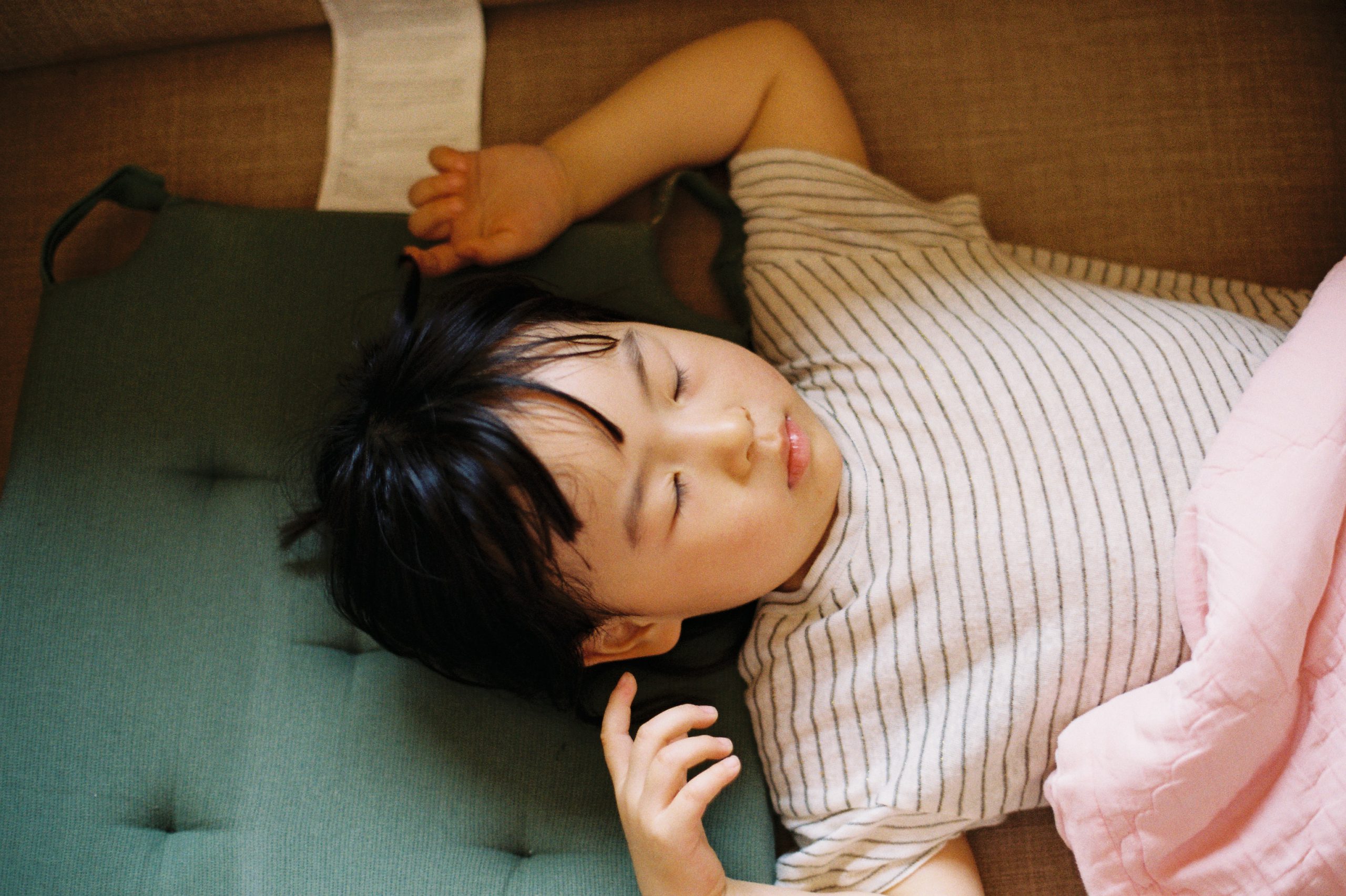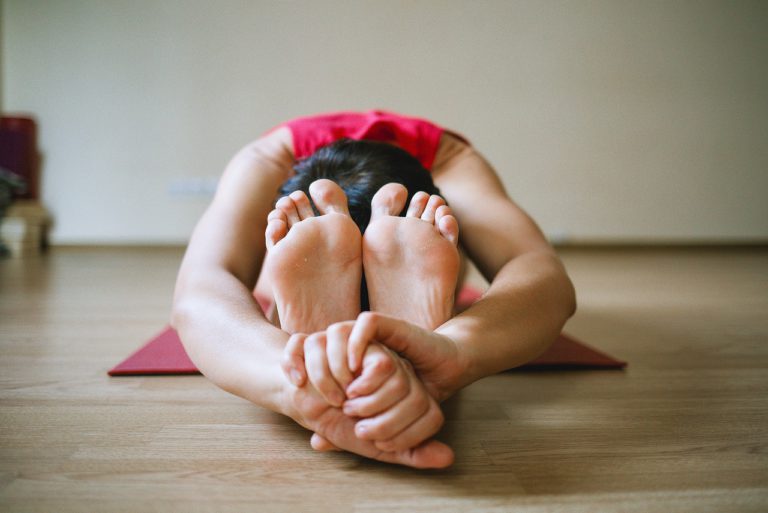By Jo Joiner
New Zealand parents often find themselves in a nocturnal tug-of-war with their kids, trying to get them into bed and fast asleep. For many children, the solution is a better bedtime routine. But for others, there might be a medical or environmental problem underpinning their sleep struggles.
If you’re asking “why won’t my child sleep properly?” or “what causes a child not to sleep?”, scan down the page to see the most common kids’ sleep problems, as well as potential solutions. At the end you can find out about the best bed for kids, because getting the basics right can make a world of difference.
Kids’ sleep problem #1 – insomnia
If your child finds it hard to fall asleep, or wakes in the night and has difficulty going back to sleep, you have a young insomniac on your hands. For some kids the problem is temporary, caused by disruptions that will go away. For others, insomnia is an ongoing problem. Insomnia in children can be caused by:
- Stress and anxiety. Your child’s mind, like a caffeinated fantail, refuses to settle down enough to allow sleep.
- Poor sleep routine. An irregular sleep schedule, excessive screen time before bed and eating dinner too late. Not having a proper sleep routine is the cause of many child sleep disorders.
- Medical conditions: Underlying health issues – like chronic pain, respiratory problems or hormonal imbalances.
- Environmental factors. A room that’s too hot or too cold, noise disturbances or a bed that’s not comfortable.
SUGGESTED SLEEP ROUTINE for pre-schoolers
- At the same time every night, your child plays quietly for 15 to 30 minutes before bedtime. They could play with toys, play a game with you or listen to music. Avoid television and screens.
- If your child likes a drink before bed, ensure it’s something soothing like milk. Avoid caffeinated and sugary drinks.
- Pre-bed tasks, like having a bath, brushing teeth and getting into pyjamas.
- Into bed for story time. You could read a book or you could both listen to an audio book.
- A kiss and a cuddle goodnight.
- Say goodnight to your child, turn out the light and leave the room. If your child gets up and comes to find you, return them to bed and say goodnight again with minimum fuss. Repeat as necessary.
SUGGESTED SLEEP ROUTINE for school-age children
- Your child does their homework before dinner.
- After dinner they have a shower or bath and change into sleepwear.
- For 30 minutes to an hour before bedtime (which should be the same time every night), they do some laid-back activities, like drawing, reading or listening to an audiobook. Avoid television, screens and phones.
- At bedtime, you can read to your child or talk about the good things that happened today.
- Kiss and cuddle, then lights out.
- If your child continually gets out of bed, you could introduce an incentive scheme to change their behaviour. For example, a reward chart.
Kids’ sleep problem #2 – sleep walking
Sleepwalking (somnambulance) involves walking or performing other activities while still asleep. It’s more common in children than in adults and can be triggered by fatigue, fever or certain medications. Or it could just be a phase your child is going through. Sometimes sleepwalking runs in the family.
SUGGESTED SOLUTION: Most children outgrow sleepwalking as their sleep patterns mature. To navigate your child’s sleepwalking safely:
- Stick to a consistent sleep schedule and establish a solid bedtime routine to prevent your child from getting overly tired.
- When your child is sleepwalking resist the urge to hold them down or wake them up. Talk softly and gently guide your child back to bed.
- Ensure your home is a safe haven. Lock windows and doors, and clear your child’s bedroom of potential tripping hazards. Sleepwalkers shouldn’t sleep on a top bunk.
- Don’t make a big deal of it the next day. It doesn’t help to make your child anxious about something they can’t control.
Kids’ sleep problem #3 – bed wetting
Bedwetting is the involuntary release of urine during sleep. It’s more common in younger children. Most children outgrow bedwetting before the age of five, however it can persist into teenage years. Causes can be genetic, sleeping very deeply, not producing enough vasopressin (the hormone that slows urine production during sleep) and stressful changes in the child’s life.
SUGGESTED SOLUTIONS:
- Help your child establish a routine of peeing every two or three hours throughout the day, even if they don’t feel the urge. At bedtime, ensure they go to the toilet twice — once an hour before sleeping and again just before going to bed.
- Encourage early fluid intake, especially for active kids. Limit fluids in the evening.
- Bedwetting alarms, which have a moisture sensor, sound off when pyjamas get wet. Though it can take weeks or months, most children (not all) learn to wake up and use the toilet when the alarm sounds.
- Talk to your GP. Some children can be helped with medication.
Kids’ sleep problem #4 – nightmares or night terrors
Nightmares are vivid and distressing dreams that can wake a child up during the night. They’re often triggered by stress, anxiety or exposure to frightening stimuli, like scary movies or negative life events.
SUGGESTED SOLUTION:
- Follow a regular sleep routine, as described above.
- Avoid scary stories, movies and television before bed.
- A dim nightlight could help.
- After a nightmare, reassure your child. Let them know it was just a bad dream. Offer something comforting to help them get back to sleep, such as a soft toy or lullaby.
- The next day, be a good listener if your child wants to talk about the nightmare. Drawing the dream or writing about it could help the scariness to go away.
Different to nightmares, night terrors are intense episodes of fear that occur during deep non-REM sleep. Children may not fully wake up and don’t remember the episode the next day. Night terrors can be linked to exhaustion, stress or even genetics.
SUGGESTED SOLUTION:
- During a night terrors episode, sit quietly near your child but don’t try to wake them. Stay close until your child goes back to sleep, which is usually within a few minutes.
- To help prevent night terrors, try helping your child to manage stress. You should also ensure they have a regular bedtime routine (see above) and get enough sleep.
Kids’ sleep problem #5 – snoring
Snoring in kids is relatively common (15% to 20%[1]) and not always a worry. But if your child snores loudly and often, you might want to talk to your GP. Sometimes snoring is caused by asthma, or swollen tonsils and adenoids, which can cause airway obstruction.
The best children’s bed
As the owner of Dreamland Bedding in New Zealand, Gary is often asked to recommend the best bed for children. Here’s what he says:
“Some parents have a mindset that a firm mattress is good for their kids’ spinal health. However, I always tell them that since children are a lot lighter in body weight, a soft mattress for adults is a good mattress for the kids.”
Gary’s top pick for a child’s bed is the Dreamland Liverpool, a quality pocket-spring mattress offering two layers of sleep-inducing comfort. The Liverpool is available in single, king single, double and queen sizes. See the Dreamland mattress range.
[1] https://www.kidshealth.org.nz/snoring-or-noisy-breathing-children







